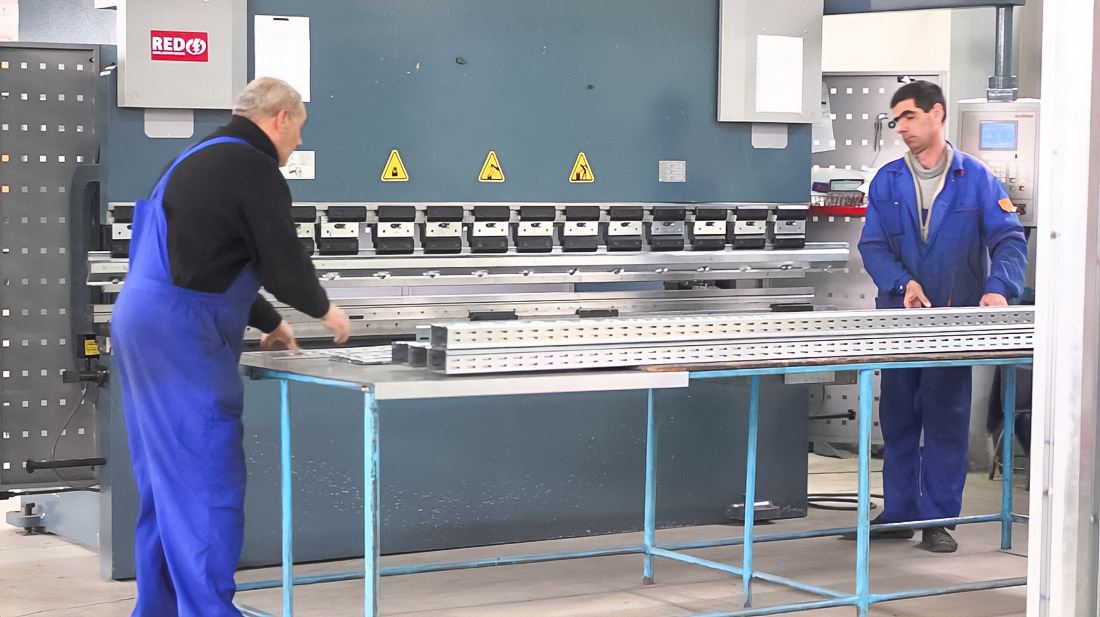Design and modernization of cable systems in metro and railway projects — this outstanding task has enormous significance for the uninterrupted operation of complex transportation networks. Every day, millions of people depend on the safety and efficiency of these systems, which was discussed by experienced specialists in 57 countries at 162 profile conferences in the 2022 year. In conditions, megalopolises, and complex operational conditions, a thorough approach to the organization of these systems allows for achieving unparalleled reliability and optimization costs. Learn more about electrical floor trunking as one of the solutions for optimization cable systems.
Exceptional Requirements and Contradictions
Optimal operation cable trays in metro and railway systems requires consideration of many complex factors, such as intensive vibrations, temperature fluctuations to 60°C, exposure to moisture, and aggressive chemicals. Basic requirements for systems include:
- Guarantee safety: Protection cables from mechanical damage and external conditions. Materials must be fire-resistant in order to reduce the risk of fires by 78%, as shown in studies in the Paris metro.
- Efficiency operation: Cable systems must be organized and capable of minimizing loss of energy to 15%, facilitating maintenance and repair.
- Standardization and compliance: Solutions are obliged to comply with high standards, including requirements 112 international and national regulations governing transportation infrastructure.
Relevant Solutions and Modern Technologies
Modern technologies offer a variety of solutions for achieving maximum safety and efficiency cable systems:
- Innovative materials: Composite substances, resistant to corrosion and temperature to 300°C, allow increase lifespan cable trays in 2 times. More about this can be found on page about composite materials.
- Intelligent monitoring systems: Sensors and remote control systems reduced time detection faults by 47%, as demonstrated on the line metro in Hamburg.
- Modular constructions: Ease installation and adaptability to changes in layout system ensure savings of 18% in costs compared with traditional systems.
Procedural Approach to Designing Cable Routes
Design begins with a detailed analysis and requirements project and includes the following most important stages:
- Materials: Choice fire- and corrosion-resistant materials, satisfying conditions operation and standards safety.
- Methods attachment: Ensuring stability and reliability systems with consideration of structural features and available space.
- Optimization routes: Thorough planning routes allow for a reduction of expenses on materials and installation to 12% and reduce loss of energy.
Exemplary Examples Successful Implementation
World metros and railways demonstrate successful implementation innovations in cable systems:
- London metro: Composite trays and intelligent monitoring system reduced costs on maintenance by 25%, improving reliability systems.
- Railway network Japan: Use modular constructions and automated systems to control quality-ensured standards of safety and efficiency at the world level. Learn more about railway transport in Japan.
Standards and Regulations Cable Systems
Compliance standards — critical aspect design. Cable systems must comply:
- International norms: Standards IEC 61537 regulate safety and operational characteristics.
- National regulations: Each country can apply additional specific requirements concerning safety and environmental norms.
Future Prospects and Innovations
Evolution cable systems open promising prospects for future increased safety and efficiency:
- Development intelligent systems: Introduction technologies AI and machine learning for management adaptive and autonomous systems.
- Environmentally friendly materials: Growing use of environmentally clean materials will be the main trend in the context of sustainable development.
- Integration with other systems: Synergy cable systems and other infrastructure elements will increase overall efficiency and reliability by 30%. Learn more about smart grids and their influence on infrastructure.
In the finale, the integration of technologically advanced and safe cable systems in transportation projects, metros, and railways requires a detailed approach, combining all aspects of safety, efficiency, and regulatory compliance.

Hockey fan, tattoo addict, hiphop head, Eames fan and independent Art Director. Operating at the intersection of art and purpose to give life to your brand. I work with Fortune 500 companies and startups.


